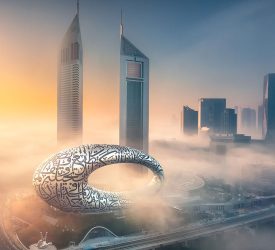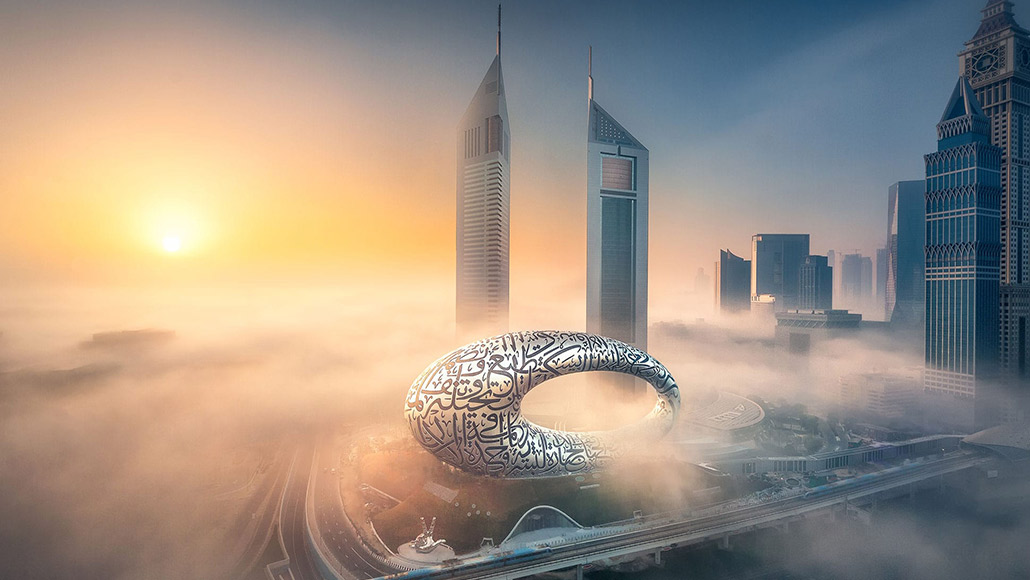opinion piece

The best Immersive Experiences have great SOUND at their heart, but what are the golden rules to achieving award-winning attractions?
Co-founder and Director of Sound Engineering at Grand Central Recording Studios, Raja Sehgal gives his top tips.
“Immersive projects should be seen as a collaboration. Visuals and audio should never be considered as separate and even more so for attractions. Award-winning immersive experiences are achieved by involving your sound designer in the project right from the start, before the design of the attraction has been finalised. Even better if you can bring them into the fold at concept stage.
“The location of the physical kit (speakers) is incredibly important to achieve 360-degree sound and in order for all of the audio to perform, it’s important that the general acoustics are treated accordingly. If sound is planned in retrospectively, it’s not going to achieve true realism for the audience and will simply fail. Importantly, you will also blow a lot of budget replanning designs.
“Immersive is such a broad term because really what these projects entail are a completely bespoke design. ‘Immersive’ could be four speakers or 100 speakers. The attraction may involve a closed space, an open space or the audience may need to travel through it. Due to this completely tailored approach often we are creating audio designs that are ground breaking, so this takes a very particular type of skill-set to achieve on time and to budget.
Here are a couple of examples of how we have achieved immersive excellence with our partners:
The Award-winning Twilight Saga: Midnight Ride at Lionsgate Entertainment World, Zhuahi, China:
“Our partners Framestore involved us very early on. We were able to work closely with them to design the attraction, which involved the audience mounting real motorcycles and becoming immersed in the Twilight world. Each experience was different, as riders could take different routes during the ride. Framestore created the real-time virtual media and we designed and integrated all of the real-time sound. Each dirt bike is rigged with a hyper-directional loudspeaker, so we created a realistic representation of the ride in our immersive audio studio in London to ensure the sound would translate well once installed at the park in China. We then spent two weeks on site in Zhuhai to complete the work. Our biggest challenge to overcome was clarity of sound. With a ride that is so fast-paced and action heavy, all audio is emanating from one source in front of the rider. We used a variety of techniques to determine the higher priority sounds and create constant movement across the sound bar to generate space. The riders may not notice, but their gaze and position subtly alters the behaviour of the audio too.”
Journey to OSS Hope: The Museum of the Future, Dubai
“The Journey to OSS Hope, designed as a space capsule, is in reality housed inside a huge freight elevator that transports guests to the top of the Museum to start their adventure. Surrounding visitors are 10 giant 75inch 4k screens all providing a completely realistic perspective of the surrounding city of Dubai. The walls, floor and ceiling mirror each other giving the architecture a sense of zero gravity.
Again, we were involved early on in the creation of this project and recommended where within the space the speakers should be integrated. GCRS’ Studio 8 in London was redesigned to emulate the dimensions of the experience and create cinematic sound. We then spent time on site in Dubai interfacing hundreds of layers of sound and trouble-shooting in order to integrate the system into the live experience. This included 14 independent audio channels , so that wherever you stand in elevator, the feel is different and most importantly gives you that completely realistic, loud, bone shaking experience you’d expect from a journey to space.”
Our golden Rules to achieving successful Immersive projects:
1. Approach your project as a partnership. Your sound design team should be involved ideally at concept stage, to achieve seamless visuals and audio.
2. Technology – this may seem obvious, but you need a studio partner with the right kind of tech that they can test in their own location, before onboarding on site. Studio 8 is one of the most advanced Multichannel studios in the world, and we redesign the space like a mock experience.
3. As is often the nature of the build, things often don’t go to plan and we have had many experiences of installs being done incorrectly, so you’ll need a team who can be on site way before the project is near completion and then see it through until launch, tweaking and overcoming problems as they arise.
To book a tour, please contact Molly Butcher Molly@gcrs.com
